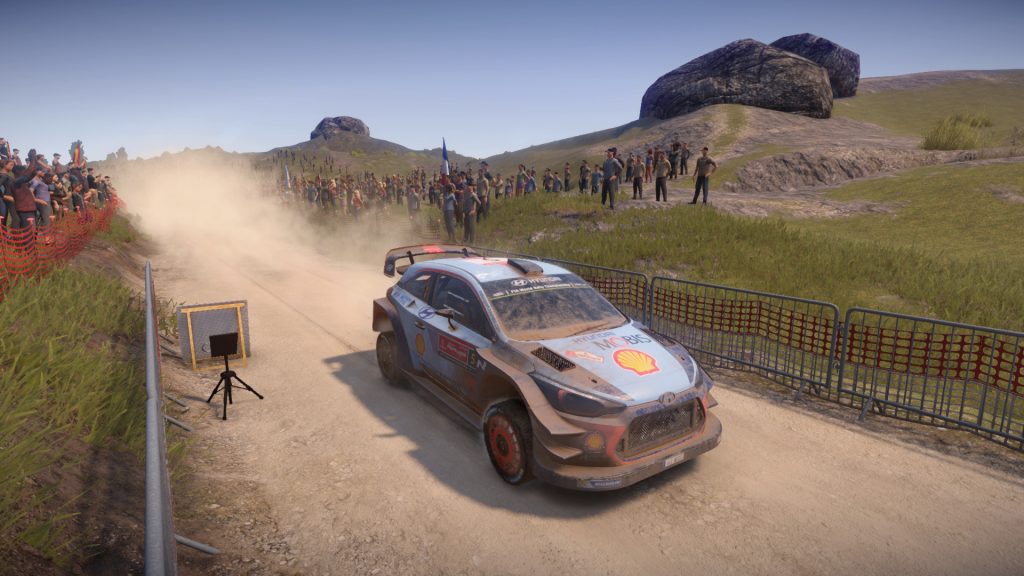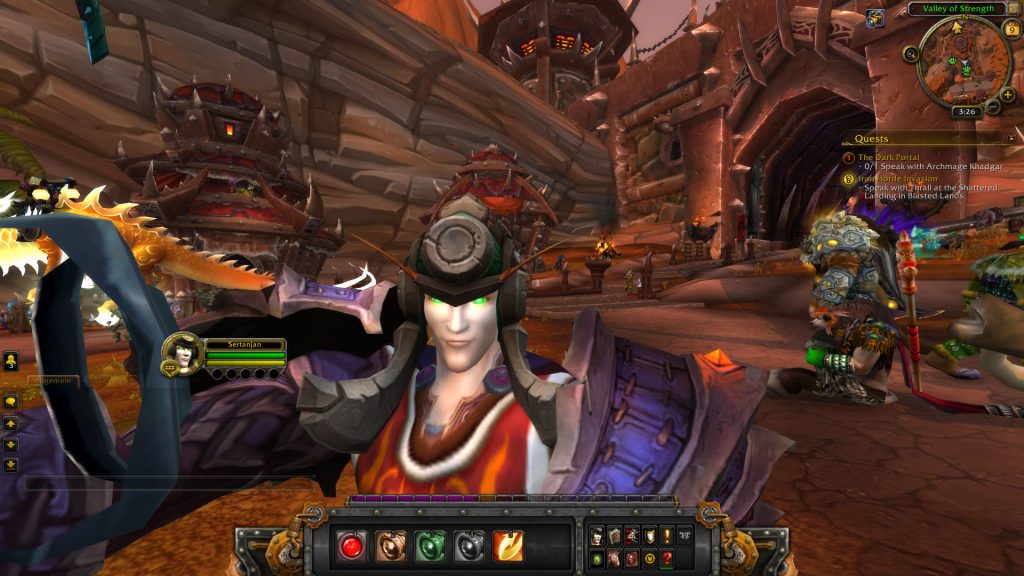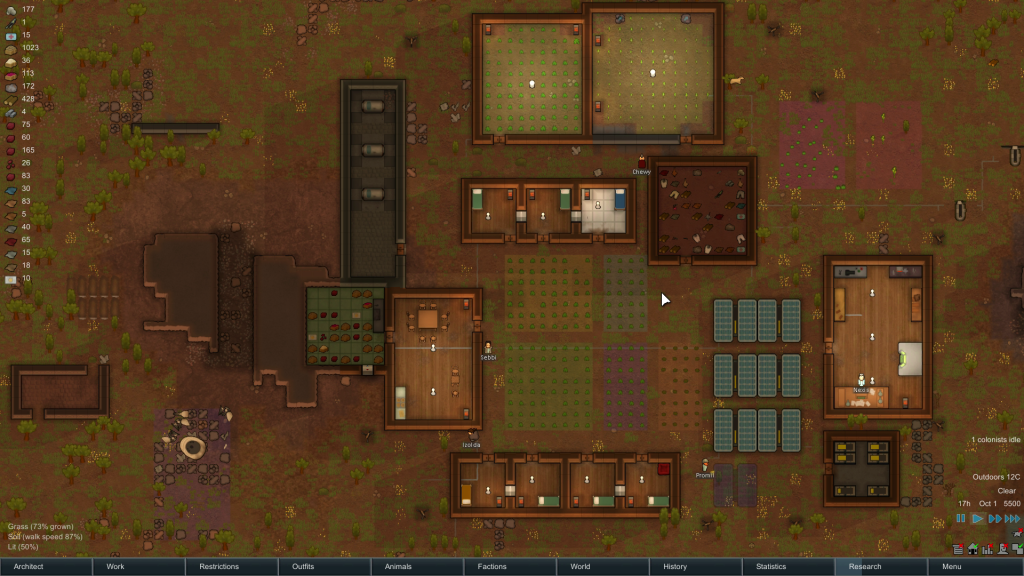A Difficult Game Design Challenge: Climate Change
During my ongoing literature review I often discover interesting facts about things I’ve never thought about. Sometimes I can connect these facts with my own observations: The result is mostly a completely new idea why things are as they are. Maybe these ideas are new to you, too. Therefore I’ll share my new science based knowledge with you!
This week: This time, I think about some critical game design problems that arise when complex problems like the climate change are addressed in a computer game.
Some time ago, I got asked how I would design a computer game that addresses ecological problems and tries to educate players about the effects of pollution, climate change and global warming. Although I strongly believe that computer games can help us to visualize and potentially even solve these global problems, it is not that simple to come up with a design for a good computer game. The reason for this is that this ecological subject has three main requirements which are hard to combine:
- Global scale: Pollution and emissions of greenhouse gases affect the entire planet and are not just limited to a small area. In addition, different ecosystems react differently to certain changes in the global climate. That way, the game needs to present a resulting climate change on a global scale to demonstrate and educate about the underlying principles and effects.
- Large time scale: Although the climate change is rapidly affecting various ecosystems around the world, it is still relative slow in respect to the way how we perceive time and change. As a result of this, it is necessary that the game allows players to control the flow of time to speed up the process and thus achieve a better understanding of the underlying principles.
- Personal attachment: For the purpose of emotionally involving players in the gameplay and the game’s narrative, a personal attachment to protagonists in the game world is important. In addition, a first person perspective can also provide a more subjective, immersive and intense experience of the effects of climate change.
This requirement analysis ultimately creates the game design challenge of finding a way to combine a very subjective and emotional view with the presentation of large scale problems. The personal view reduces the player’s distance to the global problems to a minimum thus causing the users to regard them as their personal problems they have to solve–in the virtual and in the real world. The global presentation, on the other hand, demonstrates the underlying principles and allows players to develop an in-depth understanding of them.
Hopefully, this design challenge will be solved at some point, soon, as it is more important than ever before that the awareness of climate changed is raised in an intuitive and immersive way.



